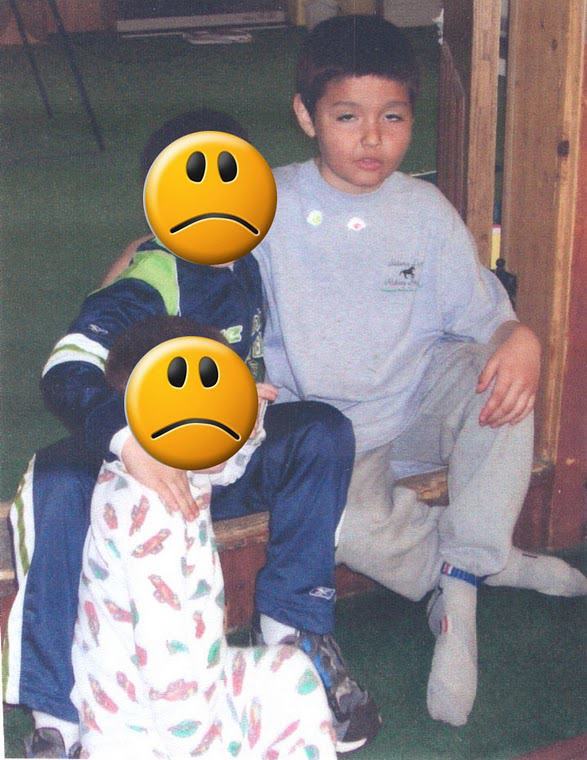November 28th, 2009 by Robert Franklin, Esq.
Even the casual observer of family law and practice can be struck by the astonishing, er, flexibility of the term "best interests of the child." For example, in 1995, a New Mexico court approved of the outright theft of a child by an adoption agency and his subsequent placement with an adoptive couple as in the "best interests of the child."
The boy had lived with the mother and father for all his year and a half of life. One weekend when the father was out of town working, the mother took the child to the adoption agency, lied about the father's whereabouts and gave the child up for adoption. Two days later, the father informed the adoption agency that he had no intention of giving up the child. But the agency kept the child with the adoptive parents anyway and let the glacial pace of the judicial system do the rest.
A year and a half later, the child was deemed to have "bonded" with the adoptive parents and the father was out of luck. The "best interests of the child," you understand, meant that breaking those new bonds was impermissible. At the same time, the "best interests of the child" did permit breaking the bonds between the father and the child. That's what I mean when I say the concept is "flexible."
The conduct of the mother and the agency violated New Mexico civil law, and the father sued them and won a judgment for monetary damages. Those damages were never paid as the agency receded behind the impenetrable veil of bankruptcy.
Given the mutability of the 'best interests' standard, it's interesting to know a little of its history. In 1973, Joseph Goldstein, Anna Freud and Albert Solnit published a book that would have enormous influence on family courts and child protective agencies nationwide, albeit not the one they intended. They were, respectively, a law professor at Yale, a child psychologist and a researcher at the Child Study Center at Yale. Their book was entitled "Beyond the Best Interests of the Child." It was an effort to guide courts and placement agencies that had to decide issues of family dissolution and child custody about how best to do that.
But by 1979, the same authors were so horrified at the misuse of their book by those very courts and child protective agencies that they wrote another one entitled "Before the Best Interests of the Child."
With their first book, they meant well; they truly didn't anticipate the distortions to which judges, social workers and child welfare agencies would subject its message. In it, they were dealing only with cases in which a family had already broken down and required intervention by the state to protect the children. The authors limited their discussion to that. The "best interests of the child" concept was discussed solely as a goal to be obtained after family breakdown.
But the courts and other state agencies had no intention of limiting their use of the book's concepts in the same way the authors did. In direct contradiction to the authors' intentions, states began using the "best interests of the child" concept to achieve family breakdown by state intervention and removal of the children.
That's what horrified the authors and prompted them to publish "Before the Best Interests of the Child" in 1979. Here's what they said:
[W]e believe that a child's need for continuity of care by autonomous parents requires acknowledging that parents should generally be entitled to raise their children as they think best, free of state interference. This conviction finds expression in our preference for minimum state intervention and prompts restraint in defining justifications for coercively intruding on family relationships...
So long as a child is a member of a functioning family, his paramount interest lies in the preservation of his family. Thus our preference for making a child's interests paramount is not to be construed as a justification in and of itself for intrusion. (Emphasis in the original.)
I'll write a bit more on this later, but remember what the authors said: the child's "paramount interests lies in the preservation of his family."
It's a concept that escaped the New Mexico courts back in 1995, even as it continues to escape so many today.
This entry was posted on Saturday, November 28th, 2009 at 1:24 pm and is filed under Family Law, Children's Rights, Child Protective Services/Child Welfare System.
http://glennsacks.com/blog/?p=4415
Exposing Child UN-Protective Services and the Deceitful Practices They Use to Rip Families Apart/Where Relative Placement is NOT an Option, as Stated by a DCYF Supervisor
Unbiased Reporting
What I post on this Blog does not mean I agree with the articles or disagree. I call it Unbiased Reporting!
Isabella Brooke Knightly and Austin Gamez-Knightly

In Memory of my Loving Husband, William F. Knightly Jr. Murdered by ILLEGAL Palliative Care at a Nashua, NH Hospital
Subscribe to:
Post Comments (Atom)
No comments:
Post a Comment